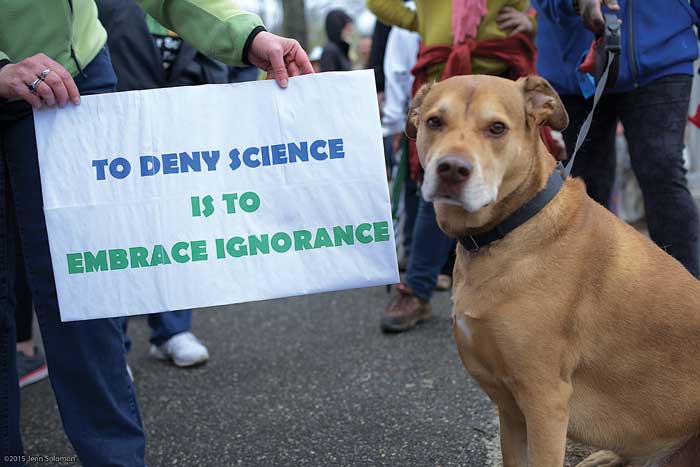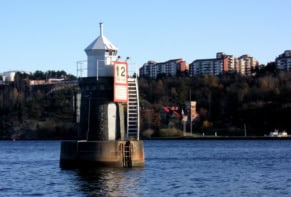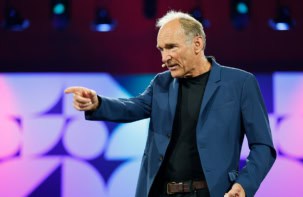Robert P Crease meets a physicist who is trying to get into politics – and finds out what you need to succeed

Elaine DiMasi has spent the past year running for the US Congress in New York State’s first Congressional district. Located at the east end of Long Island, it’s a volatile and unpredictable area. I know because I vote there. The inhabitants include fishers and scientists, farmers and professors, migrant workers and wealthy landlords of beachfront summer homes. These different groups each have their own economic, environmental and educational concerns, while unusual alliances and random events can make the district swing from Democratic to Republican from one election to another.
What makes DiMasi interesting is that she’s a physicist who worked for more than two decades as a scientist and project manager at the Brookhaven National Laboratory, which lies in the district. In fact, I’d say she has everything anyone would want in a legislator. DiMasi, who is 49, acquires facts before making a decision. She weighs alternatives carefully. And she explores the feasibility of these alternatives before acting.
But DiMasi will not be my representative at the next US Congress. On 26 June, in the Democratic primary to select a candidate to run against the Republican incumbent in the general election on 6 November, she came fifth out of five. Despite her failure, the good news is that more scientists are running for office in the US this year than in previous years, and support for them now exists in the form of a pro-science advocacy organization called 314 Action.
Trip of a lifetime
During the campaign I caught up with DiMasi, who grew up in Pittsburgh. She studied physics at Pennsylvania State University, where she began reading science fiction during her undergraduate degree. Most fiction she came across was about things like midlife crises, marital infidelities and coping with kids. “Science fiction was different,” she says. “It was about how entire cultures could be transformed.”
DiMasi was particularly entranced by Ursula LeGuin’s novel The Dispossessed. Its main character is a physicist who is pulled into politics against his will, and has to go beyond science to ensure his – and the community’s – survival in a harsh world. At the time, though, DiMasi had no thoughts of politics, and studied low-temperature condensed-matter physics in graduate school at the University of Michigan, Ann Arbor.
After graduating in 1996, DiMasi moved to Brookhaven, where she was known for her hands-on work and no-nonsense descriptions of life as a scientist. In the early 2000s, for example, I heard her speak to female science students, likening life at a user facility such as Brookhaven’s National Synchrotron Light Source to a road trip. “You gather a few friends together and get in a car with a plan to get somewhere at a certain time,” she told them. “You know the plan will change. You also know there is going to be a flat tyre in the middle of the night, which you will be able to fix – or not. You will eat too many short meals and too much junk food, and will get too little sleep. By the end you will either love or intensely dislike your other companions.”
Action stations
In 2010 she began to think about a different kind of trip. The keynote speaker at the annual users meeting for the Advanced Light Source at Berkeley was Vernon Ehlers, the first research physicist elected to the US Congress. Soon to retire, Ehlers was dismayed that members of Congress seemed content to ignore science in formulating policies, resulting in the US adopting inferior approaches to key problems. Ehlers encouraged members of his audience to consider running for political office.
I thought running a campaign wasn’t much different from the project management I was doing
Elaine DiMasi
DiMasi mulled over the idea for years. “I thought running a campaign wasn’t much different from the project management I was doing,” she says. “There are targets; problems to solve; tasks to delegate.” In summer 2016 she was took matters into her own hands, motivated partly by 314 Action, then a new non-profit group that seeks to recruit, train and elect scientists to political office. The group was founded by Shaughnessy Naughton, a chemist who had run unsuccessfully for Congress in Pennsylvania.
“I wanted to encourage scientists to go beyond science advocacy – writing letters – and actually get into politics,” Naughton says. “Lawyers and businessmen have a culture of supporting each other, and don’t suffer much career penalty if they take two years off to run for office. It’s different for scientists. We want to help overcome that.”
DiMasi attended 314 Action’s first training workshop, which covered all facets of running for office, from fundraising campaigns to field strategy to communication. She quit Brookhaven, assembled a team of supporters, learned to delegate tasks that she ordinarily would have done herself, and set out on the campaign trail, attending debates and taking part in community meetings.

Of minds and marches
In June’s unusually crowded primary election, however, she was vastly outspent by the other more experienced and better funded candidates – especially by the winner, a business executive. Still, it was encouraging that a scientist was on the ballot at all – and according to Naughton more are on ballots this year than in previous years. While candidates for federal offices get the most attention, 314 Action is also working with scientists involved in state and local legislative races. “Even school committee elections are important,” Naughton points out, telling me of one Pennsylvania district that wanted to drop climate change from the curriculum.
The critical point
What is most important about scientists who run for office, however, is the opportunity to force other candidates to address issues they might not otherwise acknowledge, and to call politicians out for untruths and for failing to incorporate science into legislation. “When a scientist runs a credible campaign,” Naughton says, “it improves the political dialogue, whether the candidate wins or loses.”



